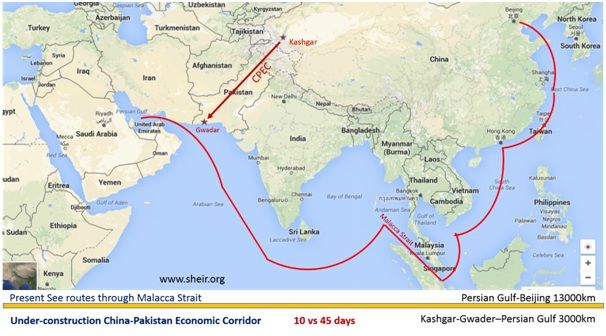900 319 0030
enquiry@shankarias.in
What is the issue?
How is the BRI influencing Indo-Pak dynamics?
How can these issues be addressed?
What are the benefits for Pakistan from all this?
What is the way ahead?
Quick Facts:
What is CPEC?

Source: Indian Express